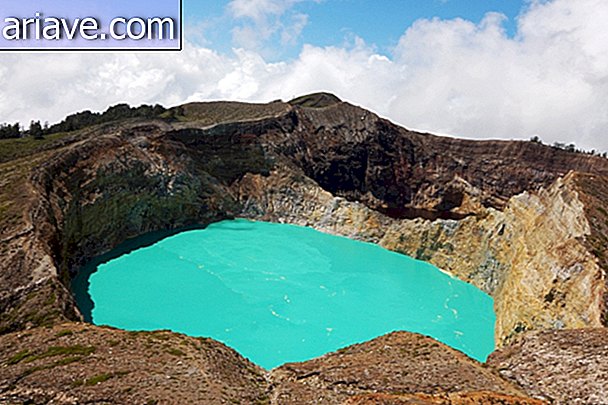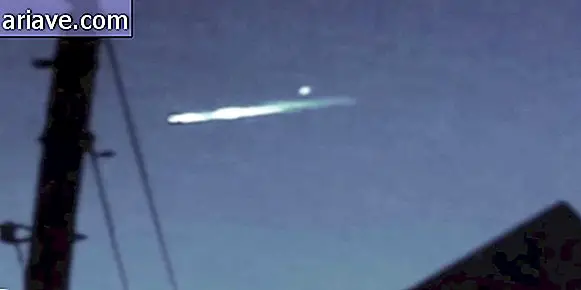Intertwined and spiraled skeletons were discovered in Mexico
It is not uncommon for us to learn about the discovery of new archaeological sites or sites containing human remains in Mexico. After all, countless cultures have flourished there over the millennia, and the present capital itself - Mexico City - holds traces of centuries of human occupation beneath its concrete layers.
For it was in the Mexican capital that a team of archaeologists made a discovery that left them quite surprised and scratching their heads. According to Alex Horton of The Washington Post news portal, the team came across a grave containing the skeletons of 10 people - and the curious part is that the bodies are intertwined and spiraled into the pit.
Very peculiar
According to Alex, the skeletons were found on the campus of the Pontifical University of Mexico during excavations conducted to retrieve artifacts from an ancient village discovered there as the “Pre-Classical Village of Tlalpan”.

Archaeologists estimate that the grave is between 2.4 and 2.5 thousand years old, and bone analysis has revealed that it belongs to people of both sexes and is of varying ages - the youngest being a baby who would be about a month old when he passed away, and the oldest would be an old man.
Regarding the arrangement of skeletons, they were found on top of each other arranged from a concentric point and aligned so that the head of one touched the chest of another, and the hands of one individual were positioned on the back of the next.
According to the staff of the Televisa News website, archaeologists who encounter this peculiar grave have confessed that they have never seen anything remotely similar - and explained that one of the suspicions is that it is some interpretation of the different cycles of life due to the fact that the skeletons have different ages.

The grave is about two meters in diameter and the skeletons were found just 1.5 meters deep under a building that housed classrooms, university priests' dormitories and an oratory. In addition to the bodies, artifacts such as clay pieces, containers and small figurines made of cooked pottery and pigments were also discovered.
It is not yet known how the occupants of the grave died, what relationship existed between them, and whether they all died together. However, according to Megan Gannon of Live Science, archaeologists have found some signs of body modification, such as deformed skulls in two cases and changes in the teeth of others.
In the case of cranial deformities, it is very likely that they are the result of a technique that consisted of pressing children's heads to become elongated, while teeth appear to have been “sanded” to change their natural shape - practices which were quite common among various Mesoamerican cultures. Then watch a video (in Spanish) showing the grave:











